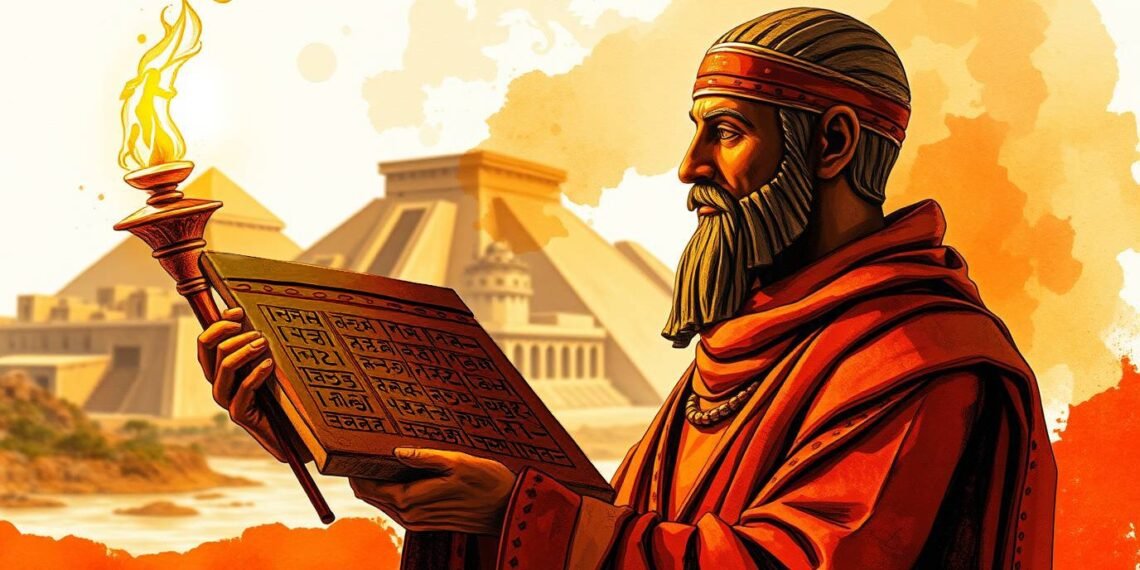A team of scholars focused on ancient literature has successfully translated a long-lost Mesopotamian work known as the Hymn to Babylon. Found on clay tablets, this piece highlights the city’s significance and provides new insights into the lives of its past residents. Further details on this translation appear in a study featured in the journal Iraq.
Babylon, established around 2000 BCE, was the world’s largest city at one point. Its archaeological remains, now a UNESCO World Heritage Site, are located about 52 miles from Baghdad. At its zenith, Babylon functioned as a cultural hub that left an enduring legacy through important literary works. The Enuma Elish, which narrates the creation of the universe and the rise of the god Marduk, and the Code of Hammurabi, one of the earliest known legal systems introducing “innocent until proven guilty,” are notable examples.
Although most Babylonian texts survive only as fragments, researchers from the University of Baghdad and Ludwig Maximilian University of Munich are working to decode many cuneiform tablets found in the Sippar Library. Legend has it that Noah hid these tablets before embarking on his ark during the great flood.
Enrique Jiménez, an Assyriologist and study co-author, is using the Electronic Babylonian Library Platform with the aid of AI to digitize these fragments. He mentioned, “Using our AI-enhanced platform, we identified 30 additional manuscripts related to the rediscovered hymn – a task that would have previously taken decades.” This advance facilitated the complete translation of the hymn, revealing its wide recognition among the citizens of Babylon and the involvement of schoolchildren in copying it. The hymn celebrates the city’s architectural beauty and the supportive role of the Euphrates River, while also shedding light on the status of Babylonian women and the local population’s esteem for foreigners.
The ainewsarticles.com article you just read is a brief synopsis; the original article can be found here: Read the Full Article…


